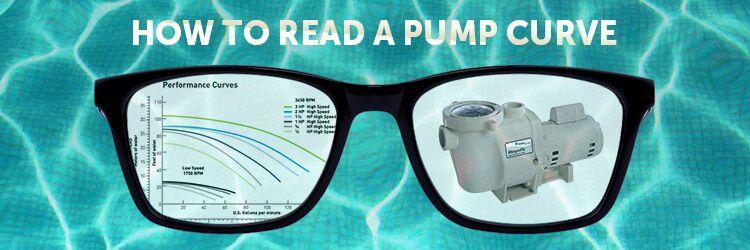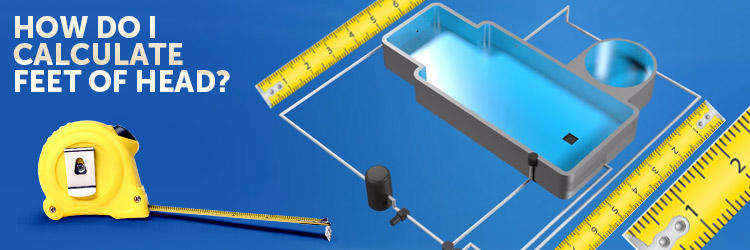I know this may sound weird but we can’t tell you how many gallons per minute your pump pushes based off of your motor alone. When asked, we reply with, “I’m not sure, but if you provide the make and model of your pump, I can review your pool pump curve.” That answer usually confuses some pool owners.
Truthfully, the confusion stems from confusing the motor for the pump, or vice versa. To some, the words are interchangeable, however, they are not. Your motor is just a single component of your pump. Think of it as the engine in your car. The word pump includes your motor but also the pump housing, impeller, diffuser, strainer basket, and lid. For this reason, it impossible for us to know the GPMs of your pump based off of the motor alone.
Now that you have the make and model of your pump, how do you determine the GPMs? The answer: a pool pump performance curve.
What Is a Pump Curve?
The way you determine how many gallons per minute your pump pushes is by reviewing the pump performance curve. A pump curve should be one of the first things a pool owner reviews before purchasing a new pump. For the most part, determining how many gallons per minute your pump pushes is straightforward. Inside your manual, the manufacturer provides a pump performance curve. The curve shows the gallons per minute a pump pushes at specific operation points of resistance referred to as your total head. The pump only operates at a single point at a time. The pump curve is presented in either a chart or a graph format and may look like this:
Each manufacturer performs a series of tests at the factory to collect this data. Each curve varies from pump to pump which means you cannot rely on a different pump’s performance curve, even if you share the same motor. In addition to the horsepower of the motor, the size and shape of the impeller also affect the curve. In short, all of the components within the pump affects the performance curve. The information on your motor alone cannot tell you how many gallons per minute your pump pushes.
Calculating Feet of Head
You really need only two pieces of information in order to read a pump flow chart: the pump model number and the feet of head. Of the two, the pump’s model number should be easier to locate. In our experience, pool owners get most hung up on calculating their feet of head. The feet of head, or total dynamic head, refers to the total equivalent height your water travels. It takes any friction loss in the pipes into consideration. Essentially, your feet of head is the measurement of resistance against your pool pump as it pulls water from your basin and pushes it back to the pool.
If you need help measuring the length of your pipes, turns, and dips here is an in-depth guide to calculating your total feet of head.
Once you can determine your total feet of head, write it down. Who knows, you may need this information again. Now, determining the total number of gallons your pump pushes per minute is a piece of cake.
Simply follow the curve on the chart, one for your specific pump model and the other for your feet of head. Once the two lines intersect or touch, that number is your total GPMs. For a detailed example, check out our Inground Pool Equipment Selection Guide. In this video, Matt and Rob review what a pump curve is and how you read it.
If you need help determining what pump model you have or you cannot locate your pump’s performance curve, do not hesitate to leave a message below. If you prefer to send us pictures of your pump, please send them to UPLOAD@INYOPOOLS.COM.

















Leave a Reply